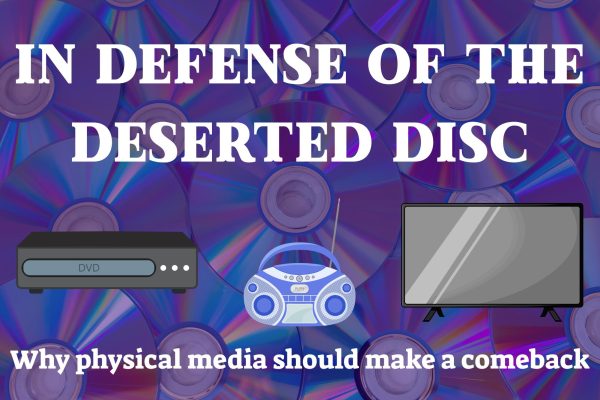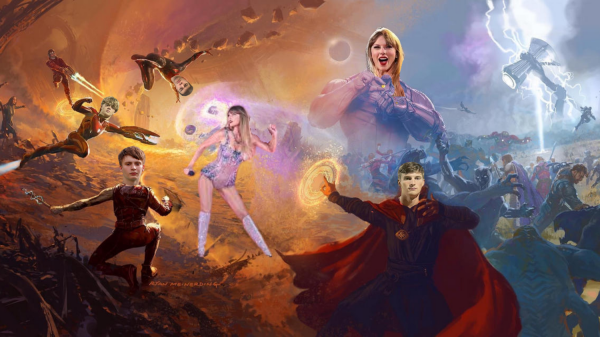Are Zoos Protection or Imprisonment?
 Animals Set Free From Their Struggles
Animals Set Free From Their Struggles
Harley LeMaster
Illustrator
Zoos are quickly being turned into a thing of the past when they should be a thing of our future.
Many people believe that all zoos are becoming detrimental to animals, and doing nothing but harming them. You have to
look more in to this situation. Many zoos in America started for the benefit of the animal.
The idea behind a zoo is not only for community entertainment, but it is also to give a place of refuge to animals in need. Zoos will do everything they can to help a harmed animal in need.
If the animal heals after being taken care of and the zoo feels the animal can thrive in its environment without struggle, they will send the animal back to its natural habitat they came from. Though if the caretakers of the animal believe they cannot successfully live in their natural environment they will hold them.
A tiger was found in its natural habitat struggling because of cancer behind his right eye. Caretakers working with the animal were not able to save his eye, so they had to remove it. Of course, any animal trying to survive in their environment with only one eye will not be successful. The tiger is now thriving in the Louisville Zoo with other tigers.
Animals held in sanctuaries or zoos also typically live longer than their expectancy according to Discover Wildlife. This is due to their protection from other wildlife, and diseases.
Events such as the Harambe incident in May 2016, where the gorilla had to be put down after an attack made on a child, are one thing being misinterpreted.
Things related to this event not only happen in zoos but also in the animal’s natural environment such as a bear attack on a hiker. After an attack is made on a human by an animal, the animal is to be put down to ensure the safety of other people. This happens many times with dogs, bears, and sharks.
The truth is, the animal is rarely at fault in this situation. There are rules and guidelines to be followed when you are being put in an environment with animals – things such as not leaving a child unattended, or keeping your distance from an animal. Even common sense things like not touching or feeding the animal should be followed.
Though it is believed animals are being trapped in an enclosure, stripped from their freedom according to Taronga, the conservation society in Australia, zoos have saved 10 endangered species from their extinction.
An Eastern Bongo, which can be found in Kenya, is on the brink of extinction due to poaching and habitat loss. However, thanks to zoos across the world, there is now work being done on a Bongo breeding program to save the species.
So many more beautiful creatures are out there that without zoos we would never get to enjoy. No animal deserves to be put in a place of abuse, but no animal deserves to be ignored and not given the chance to thrive.
There is so much more to this than what you see. Give zoos a fighting chance because they give the animals one.

Zoos: A Place of Captivity
Taylor Plowman
Multimedia Staff
The thought of going to the Zoo may be a positive, family-fun day, but the reality behind zoos is actually the complete opposite of a positive thought.
It might be an interesting experience to see animals that you are not used to seeing, but it hurts the animals in a way that is not worth a few hours of fun.
Not all behaviors may seem abusive, but the way of life for the animals is far from a natural lifestyle. Not only are they being showcased, but they see an overwhelming amount of people each day, which disturbs their way of life.
Animals should not be caged up and away from where they actually belong, their own home and environment.
Now an easy solution might be putting the animals in a drive-through safari, but they are just as bad as zoos. They might be in a more wildlife environment, but they breed the animals continuously to attract customers to see the baby animals, as explained by PETA.org.
Their captive state has no relation to their natural environment. They do not have any control over their life and are overall very lonely, after all they most likely do not have their family along with them.
Even as some might show signs of companionship with those of the same
species around, how is forced companionship by the zoo employees in any way good for the animal?
Some studies have shown that the animals may seem to appear in a well-minded state; whereas, they are actually on antidepressants, according to National Geographic.
If you observe the animals during the day, they behave in a somewhat normal manner, as they can be be- hind glass as a showcase, but often the animals may act in a concerned and outrageous manner.
At night, they may show signs of behavior problems, such as pacing for hours.
This is to make sure that the paying customers at the zoo have a great experience, but what did the animals do to deserve this treatment for one fun day?
As some may see the animals in the zoo as rescued, they are actually being held in captivity and deserve to be in their natural habitat or an animal sanctuary.
With the continuous growth of zoos, the treatment of these animals will never improve.
So next time you think about going to a zoo, think: Do I really want to support a home of animal cruelty and captivity?











